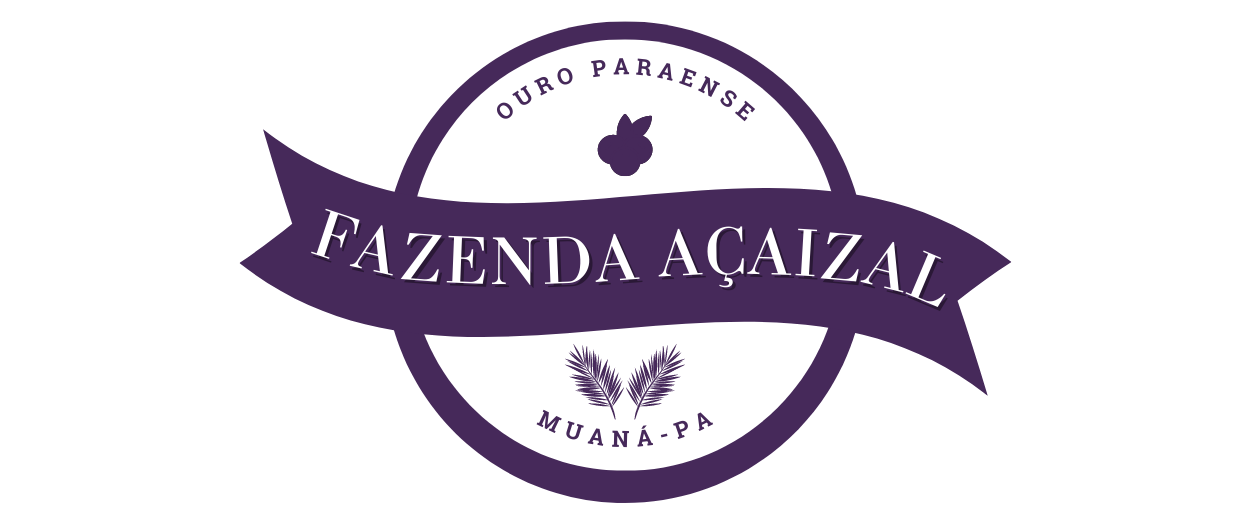Our decisions, often considered purely rational, are profoundly shaped by external stimuli such as colors and natural environments. Visual cues and environmental factors activate specific neural pathways, subtly guiding our moods, perceptions, and choices. Recognizing these influences can empower individuals and professionals alike to create more effective marketing, design, and personal spaces. As a modern illustration of these principles, new slot from Pragmatic Play – Sweet Rush Bonanza! demonstrates how sensory stimuli can evoke pleasure and engagement.
Table of Contents
- The Neuroscience of Color Perception and Its Impact on Mood and Behavior
- Nature’s Influence on the Human Brain: From Environment to Decision-Making
- The Reward System: How Color and Nature Stimulate Brain Chemistry
- The Duality of Risk and Reward in Visual and Natural Cues
- Non-Obvious Influences: Subtle Color and Nature Cues That Shape Choices
- Modern Applications and Examples: From Marketing to Personal Environment
- Conclusion: Harnessing Knowledge of Colors and Nature to Understand and Influence Human Behavior
The Neuroscience of Color Perception and Its Impact on Mood and Behavior
Colors are processed through the retina and transmitted via the optic nerve to the visual cortex, where they evoke specific psychological and physiological responses. For example, red often increases arousal and excitement, while blue is associated with calmness and trust. These effects aren’t merely subjective; they are backed by scientific research showing that different wavelengths influence brain activity and emotional states.
In marketing, companies leverage this knowledge by choosing colors that align with desired consumer responses. For instance, fast-food chains often use red and yellow to stimulate appetite and urgency. Conversely, healthcare providers favor calming blues and greens to foster trust and relaxation.
Case Study: RGB Model and Color Illusions
The RGB color model, fundamental in digital displays, demonstrates how combinations of red, green, and blue light create a vast spectrum of colors. Interestingly, background hues can influence emotional responses: a pink background may evoke feelings of warmth or tenderness, but it can also create optical illusions that alter perceptions of size and shape. Such subtle manipulations show how colors can engage our subconscious, affecting decision-making without our awareness.
Nature’s Influence on the Human Brain: From Environment to Decision-Making
Natural environments—forests, water bodies, open skies—activate neural pathways associated with relaxation and positive mood. Studies indicate that exposure to green spaces reduces cortisol levels, the hormone linked to stress, and enhances cognitive function. These environmental cues subtly influence our choices, often steering us toward behaviors that favor safety and well-being.
Natural patterns and colors—such as the symmetry of leaves or the hues of a sunset—serve as subconscious signals of harmony and safety. Conversely, irregular or dark patterns may trigger caution or avoidance behaviors.
The invention of cotton candy by a dentist in the early 20th century is a fascinating example. It combined natural sugar’s reward properties with playful, artificially colored visuals, exemplifying the duality of natural and artificial stimuli in influencing risk and reward perceptions.
The Reward System: How Color and Nature Stimulate Brain Chemistry
Pleasure and motivation are driven by neurochemical processes involving dopamine and endorphins. Natural stimuli like sweet foods or visually appealing scenery activate these reward centers, reinforcing behaviors that are beneficial or pleasurable.
| Stimulus Type | Neurochemical Response | Examples |
|---|---|---|
| Sweet foods, colorful visuals | Dopamine release, endorphin activation | Chocolate, vibrant slot machines |
| Natural environments | Serotonin modulation, stress reduction | Forest walks, ocean views |
In the context of gaming, Sweet Rush Bonanza exemplifies how bright colors and appealing visuals can stimulate the brain’s reward pathways, enhancing user engagement and pleasure.
The Duality of Risk and Reward in Visual and Natural Cues
Colors and natural patterns often serve as signals—red and black in gambling can denote danger or excitement, while green suggests safety. This signaling influences risk-taking behaviors, sometimes encouraging bold actions or caution based on environmental cues.
“The same stimulus that signals safety in one context may evoke danger in another—highlighting the complex duality of environmental cues in decision-making.”
Cotton candy and gambling illustrate this paradox: both are pleasurable yet involve risk. The colorful, inviting appearance masks potential danger or negative consequences, yet the brain’s reward system often overrides caution, driving engagement and repeat behaviors.
Non-Obvious Influences: Subtle Color and Nature Cues That Shape Choices
Ambient lighting, background hues, and natural elements subtly influence subconscious decisions. For example, warm lighting can foster intimacy and trust, while natural symbols like trees or water evoke calmness and safety.
- Environmental colors can prime certain moods without explicit awareness.
- Natural symbols are often used in branding to imply authenticity and safety.
- Illusions created by color contrasts can manipulate perceptions, affecting choices subtly.
For instance, a retail space painted in soothing greens and browns can encourage longer visits and increased spending, illustrating how subtle cues influence behavior.
Modern Applications and Examples: From Marketing to Personal Environment
The principles of color and natural influence are increasingly integrated into marketing strategies, interior design, and user experience. «Sweet Rush Bonanza» exemplifies how engaging visuals and vibrant colors can enhance user pleasure, aligning with research showing that stimulating environments promote longer engagement and positive feelings.
Designing spaces with natural elements—like indoor plants or water features—can reduce stress and foster decision-making aligned with well-being. Ethical considerations, however, must guide such manipulations to avoid exploitation or undue influence.
Conclusion: Harnessing Knowledge of Colors and Nature to Understand and Influence Human Behavior
Understanding how colors and natural stimuli influence our brain offers valuable insights into human behavior. From marketing to personal spaces, leveraging these cues can improve engagement, mood, and decision-making. As research advances, we can better recognize these influences and make more informed choices—empowering individuals to navigate a world rich in sensory stimuli.
The modern example of Sweet Rush Bonanza highlights how integrating vibrant visuals with natural cues can evoke pleasure, illustrating the timeless power of sensory influence in a digital age.
